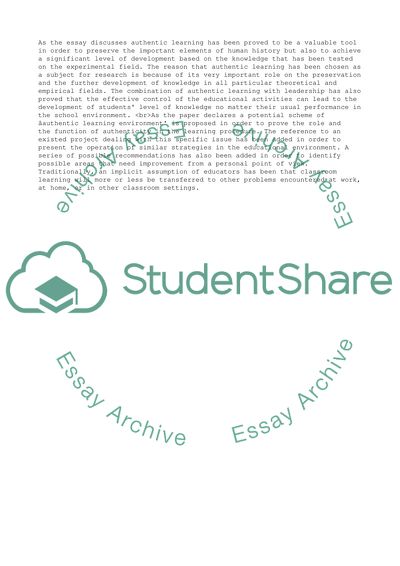Cite this document
(“Authentic Leadership Essay Example | Topics and Well Written Essays - 4500 words”, n.d.)
Authentic Leadership Essay Example | Topics and Well Written Essays - 4500 words. Retrieved from https://studentshare.org/management/1536964-authentic-leadership
Authentic Leadership Essay Example | Topics and Well Written Essays - 4500 words. Retrieved from https://studentshare.org/management/1536964-authentic-leadership
(Authentic Leadership Essay Example | Topics and Well Written Essays - 4500 Words)
Authentic Leadership Essay Example | Topics and Well Written Essays - 4500 Words. https://studentshare.org/management/1536964-authentic-leadership.
Authentic Leadership Essay Example | Topics and Well Written Essays - 4500 Words. https://studentshare.org/management/1536964-authentic-leadership.
“Authentic Leadership Essay Example | Topics and Well Written Essays - 4500 Words”, n.d. https://studentshare.org/management/1536964-authentic-leadership.


